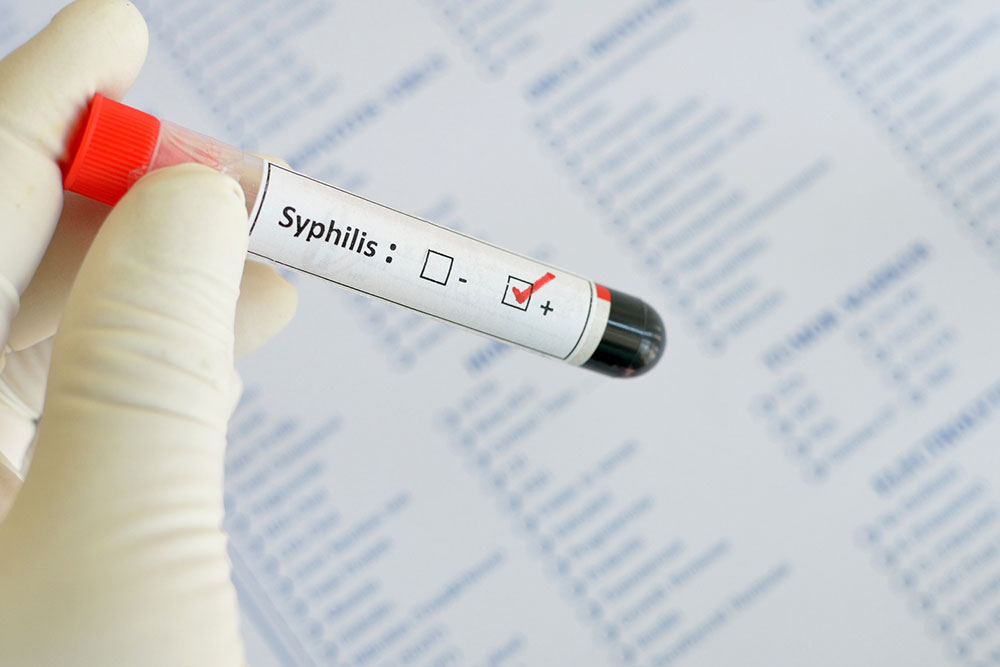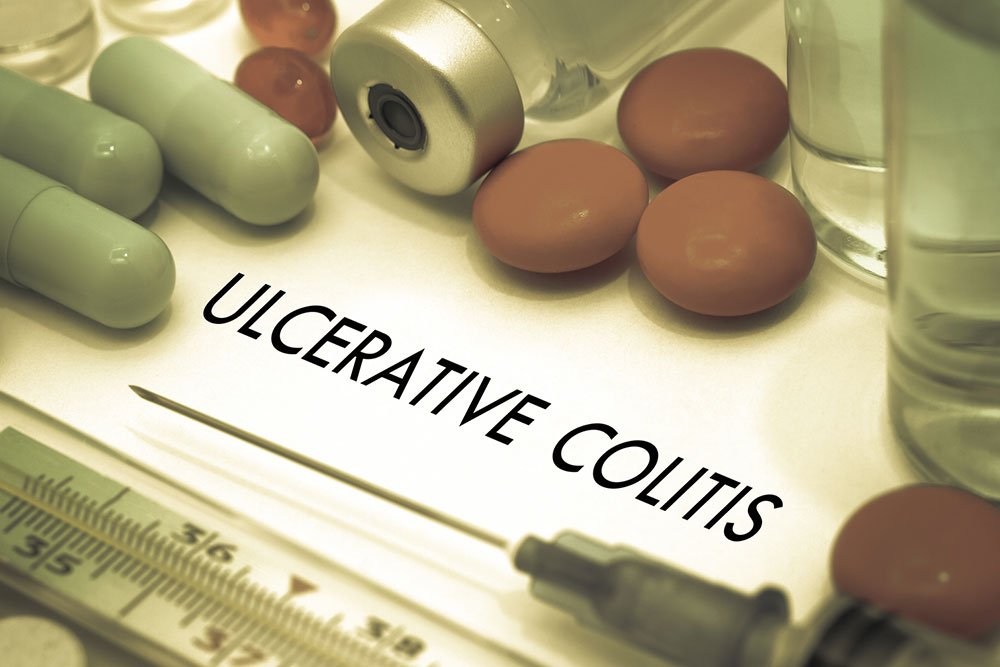Comprehensive Guide to Epstein-Barr Virus: Symptoms, Diagnostics, and Effective Management Strategies
This comprehensive guide on Epstein-Barr Virus (EBV) covers its transmission, symptoms, diagnosis, and treatment options. With detailed insights into managing infection and preventing complications, this article helps patients and healthcare professionals gain a thorough understanding of this common but complex virus. Effective management strategies focus on alleviating symptoms, supporting immune health, and avoiding activities that risk spleen injury. Learn about diagnostic tests, potential long-term effects, and preventive measures to stay informed and prepared against EBV infections.

Comprehensive Guide to Epstein-Barr Virus: Symptoms, Diagnostics, and Effective Management Strategies
The Epstein-Barr Virus (EBV) is one of the most widespread human herpesviruses, known primarily for causing infectious mononucleosis, commonly referred to as mono or the "kissing disease." Its primary mode of transmission is through saliva, but it can also spread via blood transfusions and sexual contact, making it highly contagious in various scenarios. Understanding EBV’s transmission methods, symptoms, diagnostic procedures, and management approaches is vital for effective health management and to prevent complications associated with this persistent virus.
Epstein-Barr virus infects most individuals at some point during their lives, often during childhood or adolescence, but many people may remain asymptomatic or have mild symptoms that go unnoticed. When symptoms are evident, they can resemble several other illnesses, making accurate diagnosis essential. This expanded article aims to provide a thorough overview of EBV, exploring its symptoms, diagnostic techniques, and current management strategies to help patients and healthcare providers navigate this common infection effectively.
Recognizing the Symptoms of EBV Infection
Many individuals infected with EBV experience symptoms similar to other viral infections, which can make identification challenging without proper testing. Common symptoms include profound fatigue that persists for weeks or even months, which can significantly impact daily life and productivity. Fever is often mild to moderate but may occasionally become high, accompanied by chills. Sore throat is prevalent and can sometimes resemble strep throat but typically involves inflamed tonsils with white patches or exudates. Swollen lymph nodes, especially in the neck and armpits, are characteristic signs of immune activation.
Other less typical symptoms include headache, muscle aches, and loss of appetite. In some cases, skin rashes or enlargement of the spleen and liver occur as part of the body's response to the infection. The spleen, a vital organ situated in the upper left abdomen, often becomes enlarged, which is an important consideration for activity restrictions during recovery.
Diagnosing Epstein-Barr Virus Infection
Accurate diagnosis of EBV infection requires a combination of clinical evaluation and laboratory testing. Healthcare providers will perform a thorough physical examination, checking for signs such as swollen tonsils, lymph nodes, and enlarged organs like the spleen and liver. Blood tests are crucial; they typically include a complete blood count (CBC) which may reveal atypical lymphocytes and other abnormal white blood cells, indicating an immune response to the virus.
Specific serologic tests are more definitive and look for antibodies produced in response to EBV infection. These include heterophile antibody tests, often called Monospot tests, which can quickly indicate infectious mononucleosis. More detailed testing involves detecting specific EBV viral capsid antigen (VCA) and early antigen (EA) antibodies, as well as EBV nuclear antigen (EBNA) antibodies, to differentiate between acute and past infections.
Imaging studies like ultrasound may be used if organ enlargement is severe, particularly to assess spleen size and rule out other causes of abdominal swelling.
Management and Treatment of EBV Infection
Currently, there is no specific antiviral medication to eradicate EBV, so treatment primarily focuses on symptomatic relief and supportive care. Patients should prioritize rest and hydration to bolster their immune system and facilitate recovery. Consuming electrolyte-rich fluids, such as sports drinks or broths, helps prevent dehydration and replenish lost nutrients.
Over-the-counter medications like acetaminophen or ibuprofen can reduce fever, relieve throat pain, and alleviate body aches. Throat discomfort can also be eased with soothing lozenges, saltwater gargles, or throat sprays. Due to the risk of spleen enlargement, patients are advised to avoid strenuous physical activities, heavy lifting, and sports until a healthcare professional confirms complete recovery to prevent spleen rupture—a rare but serious complication.
In addition to symptom management, patients should be aware of potential complications. EBV infections may predispose individuals to secondary bacterial infections, ear infections, or more rarely, neurological conditions such as Guillain-Barré syndrome. It is also associated with certain cancers of the nose, throat, and lymphatic system in the long term.
Preventive Measures and Long-term Considerations
While it is challenging to prevent EBV infection entirely, good hygiene practices such as regular handwashing, avoiding sharing utensils or drinks, and refraining from kissing or close contact with infected individuals during illness can reduce transmission risk. Healthcare providers may advise patients to avoid contact sports or activities that could lead to spleen injury during the acute phase.
Most individuals develop lifelong immunity after infection, but EBV remains dormant in the body and can reactivate under certain conditions, particularly when the immune system is compromised. Ongoing research is exploring vaccines and targeted therapies to better manage and prevent EBV-related diseases in the future.
For individuals with a history of EBV infection, ongoing medical monitoring may be necessary if they develop related complications such as unusual fatigue, abnormal blood counts, or signs of organ involvement.




